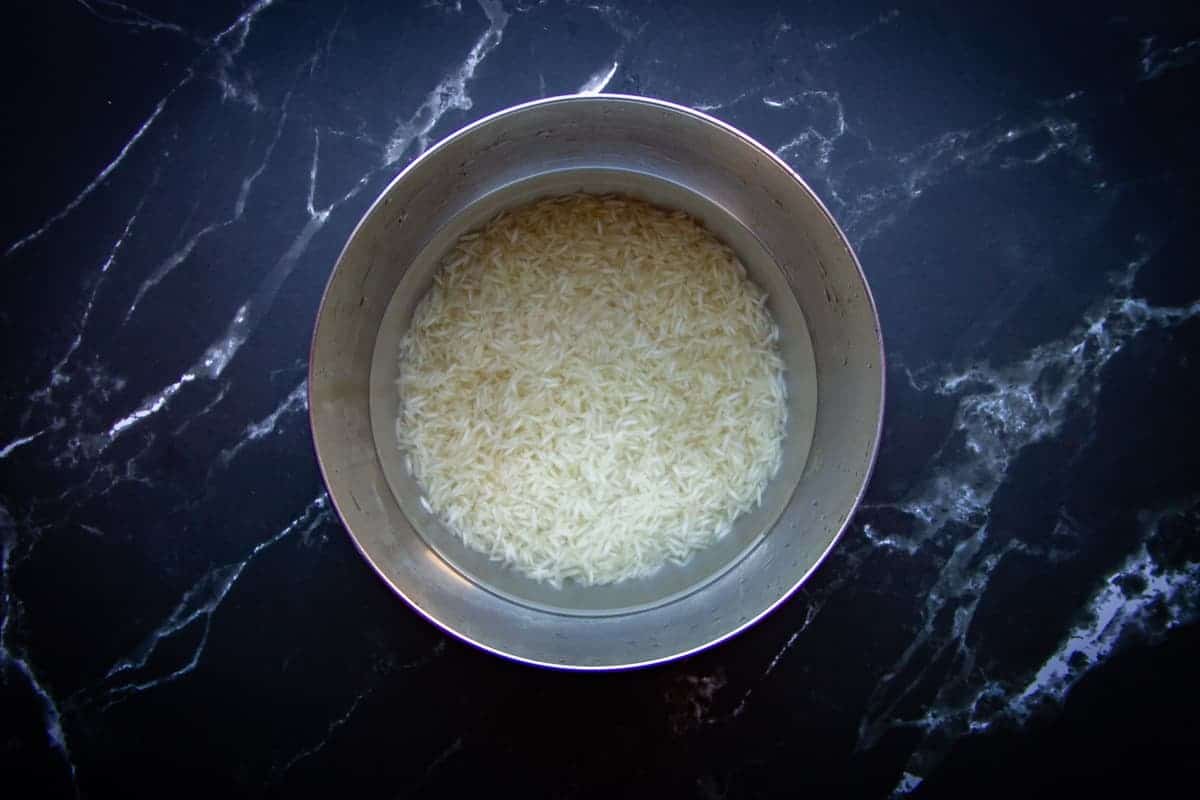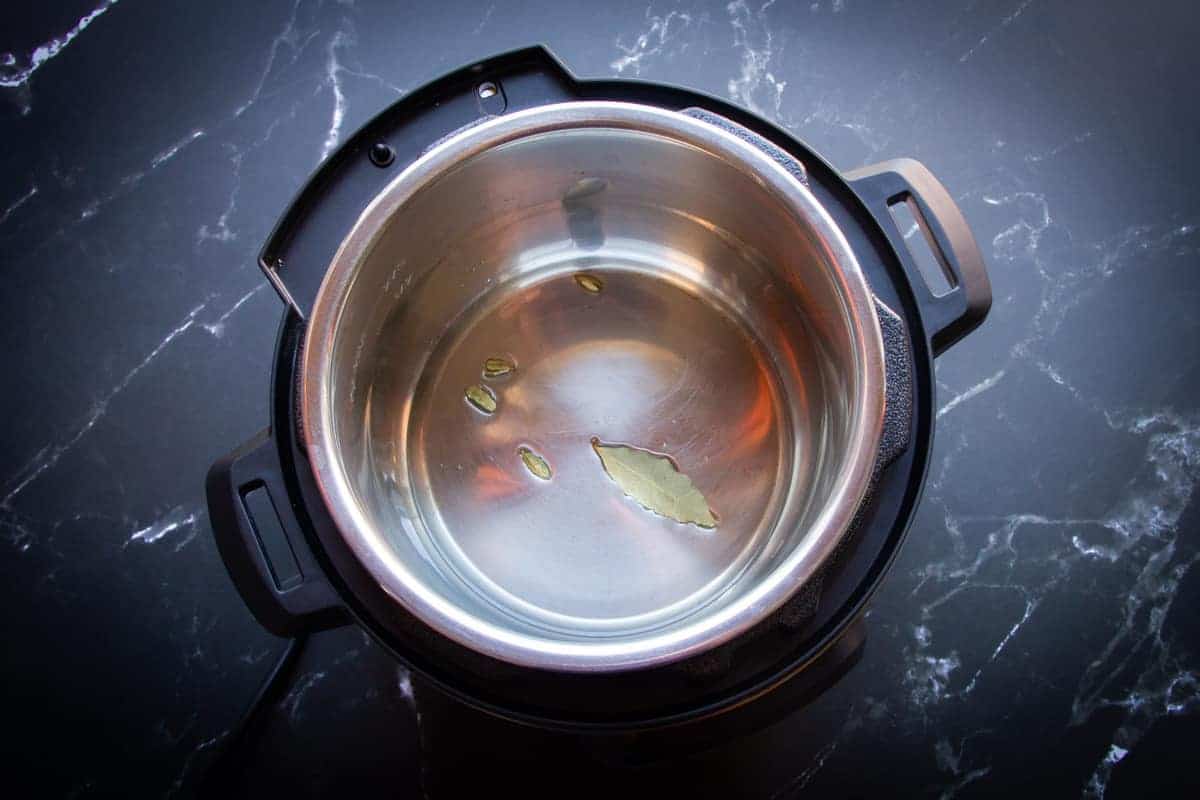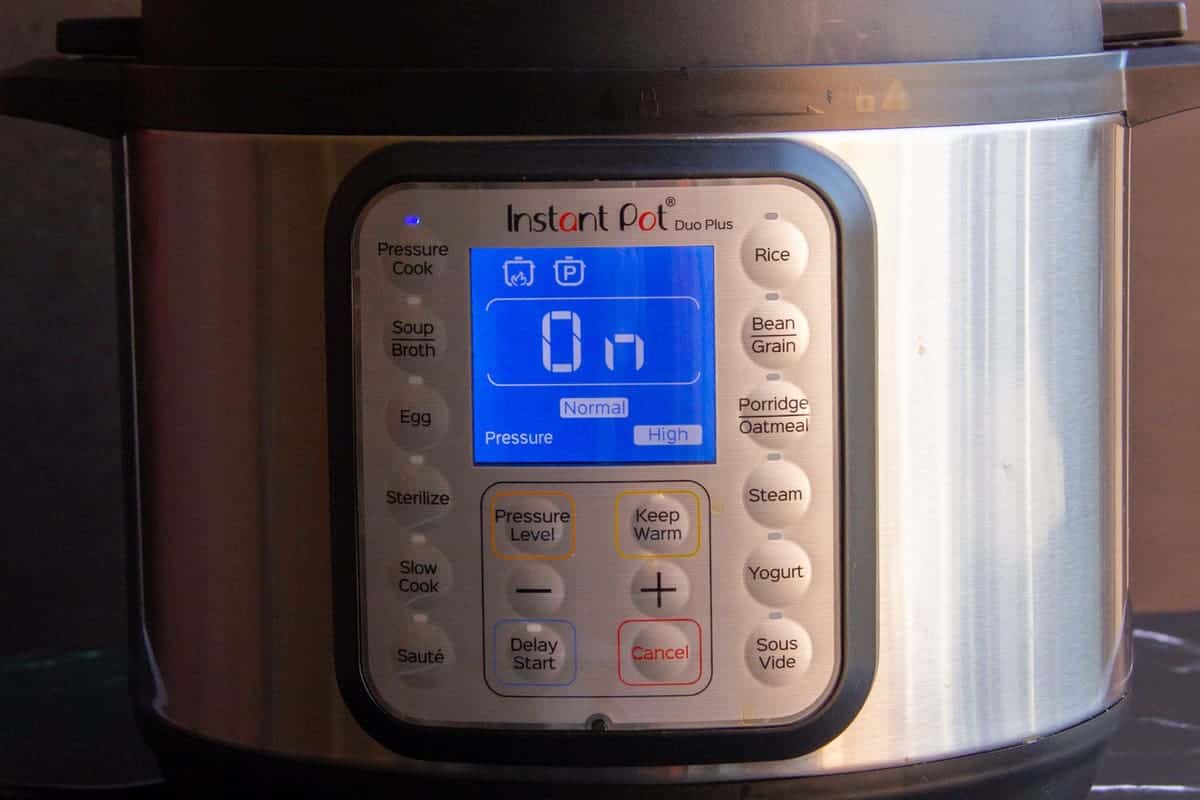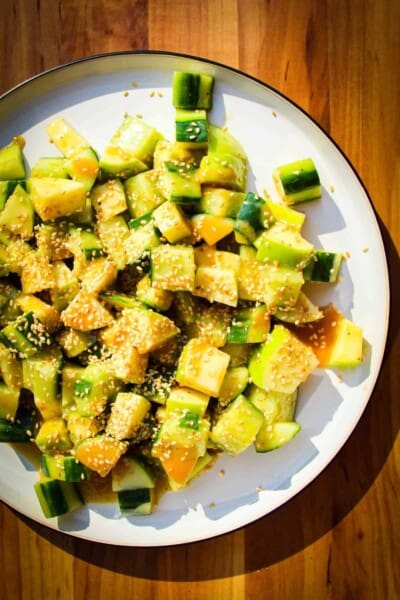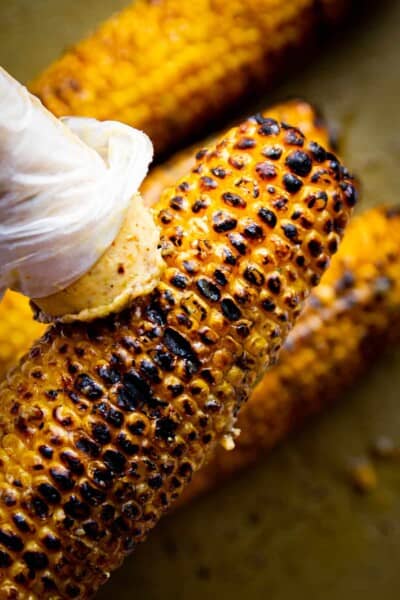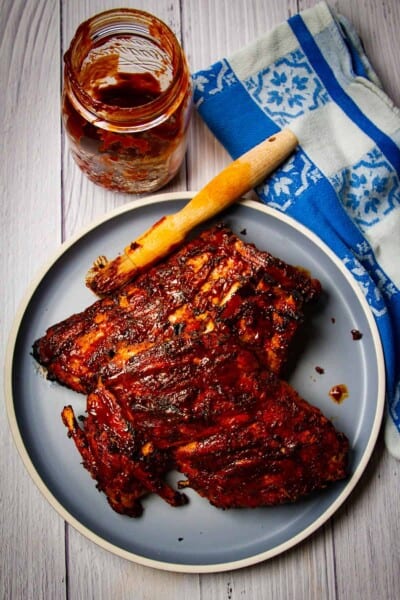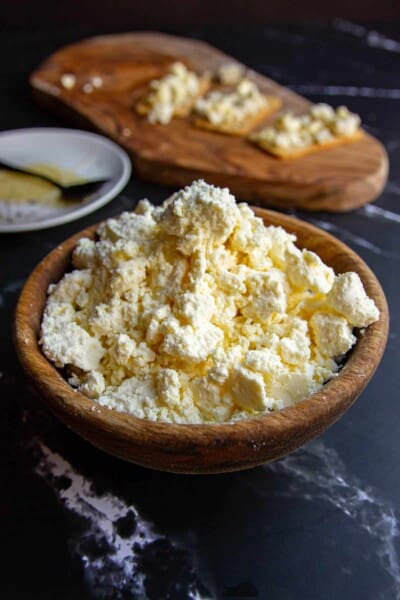The best way to make Instant Pot Basmati Rice is actually NOT with the rice button on your Instant Pot.
And I know you REALLY wanted to use that handy little button from the moment you first bought your brand-new pressure cooker…
But I’m afraid using the rice function on your machine yields pretty average rice and I don’t recommend it.
Instead, I recommend that you cook the rice at a 1:1 ratio of water to washed rice for 6 minutes at high pressure and immediately open it after 10 minutes of natural release.
This way you’ll end up with perfect rice every time and you won’t even need a rice cooker.
But do you need to soak the rice or not? More on this below…
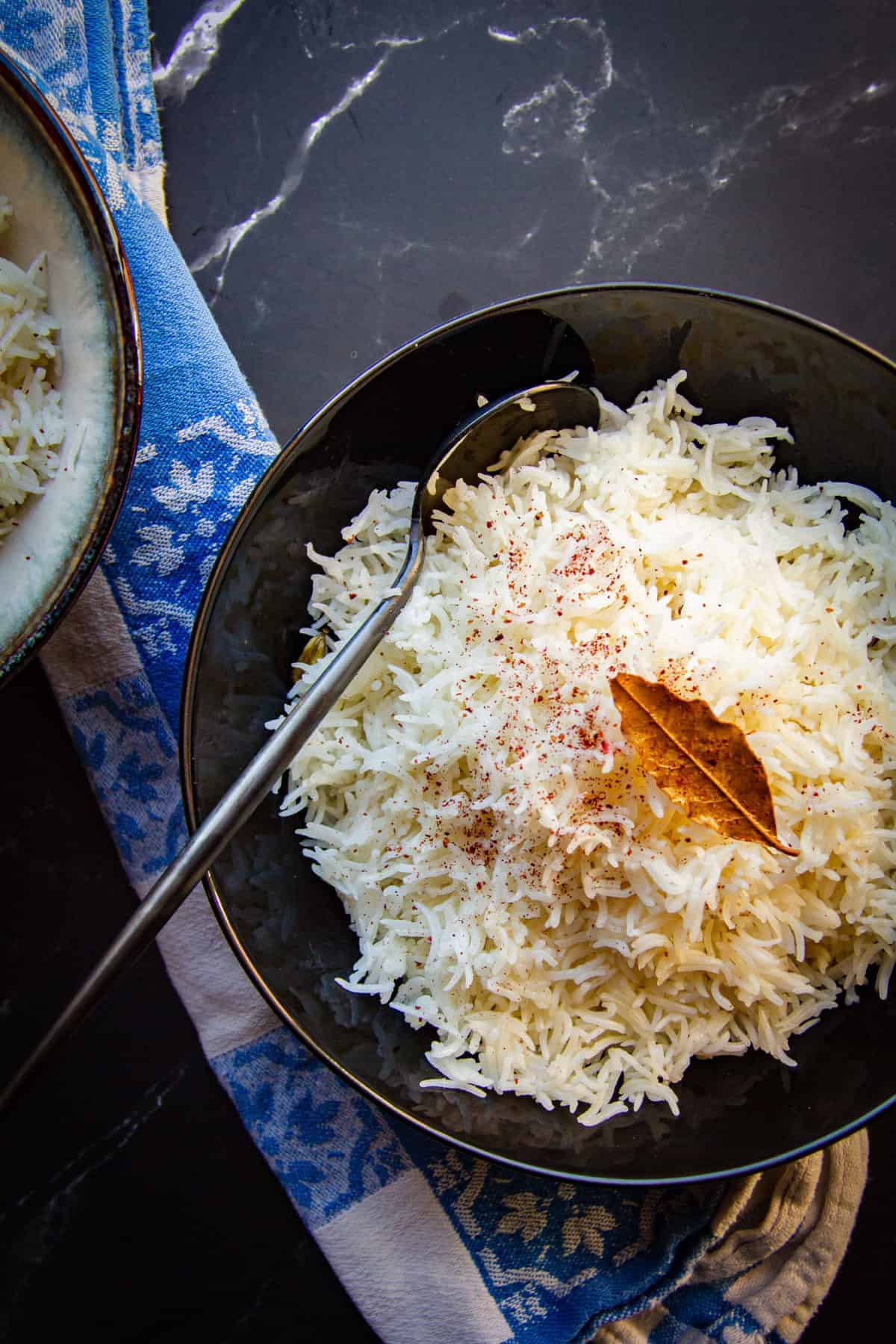
Why Instant Pot Basmati Rice?
Instant Pot basmati rice is faster than normal stovetop-cooked rice and with this recipe, it comes out perfect every time.
Slightly al dente, perfectly fluffy and no sticking to the bottom of the pan either! This is the only way I make rice at home now because it works so well.
Here are my tips and tricks to make perfect basmati rice every time with your instant pot.
Use Oil When Making Instant Pot Basmati Rice
Using oil at the start of rice making is a great way to infuse spices into the rice and more importantly, it helps to stop the rice grains from sticking together.
The oil coats the grains of rice and prevents them from sticking together which makes extra fluffy rice.
But you don’t have to use vegetable oil, you could also use butter, clarified butter (ghee), lamb, beef or chicken fat to add extra flavour to your rice.
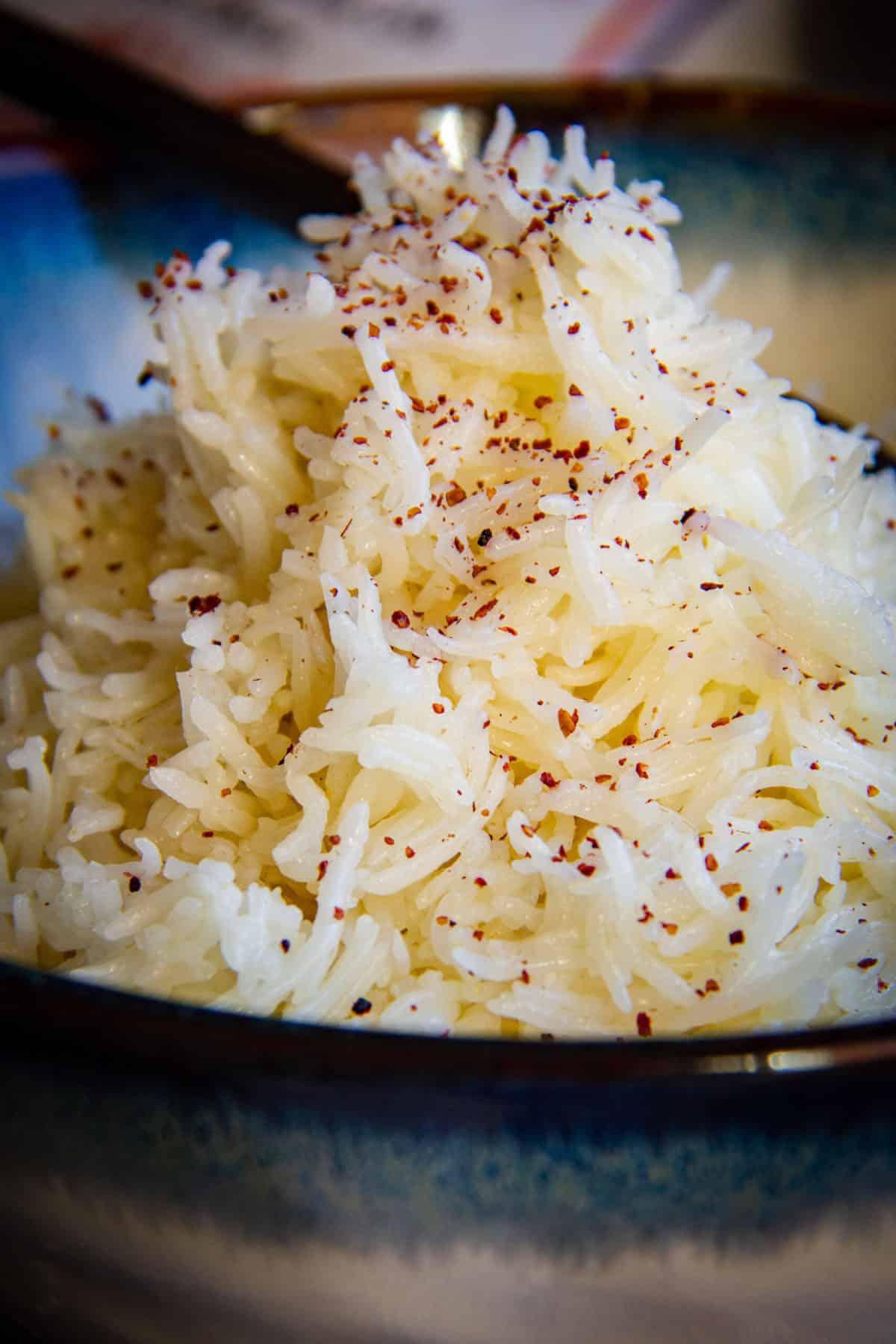
Do I Need To Wash Basmati Rice for the Instant Pot?
Washing the rice is very important for fluffy, basmati rice.
If you don’t wash the rice well before cooking, it will stick together and you won’t get nice individually cooked grains. Be sure to wash the rice thoroughly in cold water until the water runs clear.
However, not all varieties of rice should be washed. For example, you would never wash risotto rice because the starch makes the dish creamy.
Should I Soak Basmati Rice?
Soaking the rice before cooking is traditional in middle-eastern cuisine and the idea is that if you pre-soak the rice it will cook more evenly.
How long you soak the rice depends on the rice type and can vary anywhere from 30 minutes to overnight.
Below I did my own experiment to test the differences in soaked vs unsoaked basmati rice.
Soaking Rice May be Healthier
According to chef Shonali Sabherwal, who was recently voted the best nutritionist by Vogue India, soaking rice before cooking removes phytic acid. And this is good because phytic acid impairs the body’s absorption of iron, zinc and calcium. Soaking the rice may be better for digestion.

Although take this information with a grain of salt. It may be slightly healthier than unsoaked rice, but how much exactly is unclear. That being said, I still try to pre-soak my rice but I’m not going to lose sleep over the soaking rice debate.
Aim for 15 minutes to 2 hours of soaking in cold water. Don’t stress out too much if you don’t meet the exact time as it will not make a huge difference.
My Soaking Rice Experiment
I was curious to see if we would notice any difference in the end result of soaked rice versus unsoaked rice in an instant pot. Here are the results.
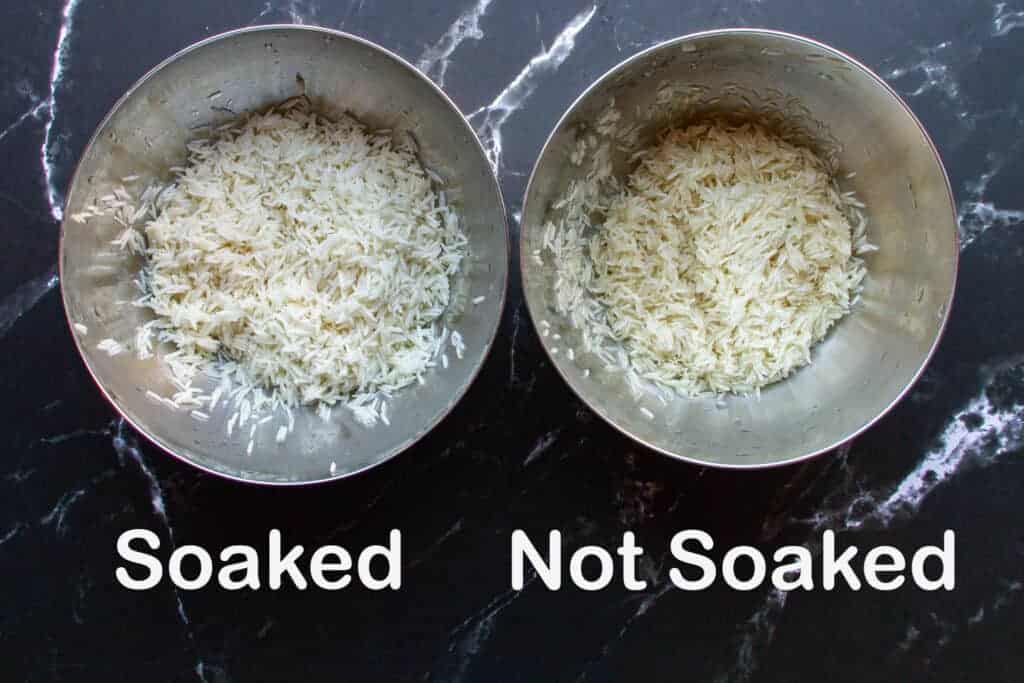
Test #1 – Soaked
1:1 Ratio Water to Rice.
Rice was soaked for 1 hour, rinsed until the water became clear, fried with 1 tsp of oil and cooked for 5 minutes on high pressure. Naturally released the pressure for 5 minutes and then released the rest.
Test #2 – Not Soaked
1:1 Ratio Water to Rice.
Rice was rinsed until the water became clear, fried with 1 tsp of oil and cooked for 6 minutes on high pressure. Naturally released the pressure for 10 minutes and then released the rest.
Although the two rice methods were cooked at different times the end result was surprisingly similar. We couldn’t really tell much difference and both were perfectly cooked.
The rice that was soaked may have been slightly softer but this is likely due to the fact that it contained extra water from soaking.
Still, the difference was marginal.
If You Soaked Your Basmati Rice
Follow this recipe:
After soaking the basmati rice for 1 hour, rinse the rice until the water is clear. Sauté the rice in 1 tsp of oil with your desired spices.
Cook the rice with a 1:1 ratio of rice to water by volume, on high pressure for 5 minutes. Naturally release the pressure for 5 minutes then release the rest manually. Fluff with a fork.
If You Didn’t Soak Your Basmati Rice
No problem, use this recipe:
Rinse the rice until the water is clear. Sauté the rice in 1 tsp of oil with your desired spices.
Cook the rice with a 1:1 ratio of rice to water by volume, on high pressure for 6 minutes. Naturally release the pressure for 10 minutes then release the rest manually. Fluff with a fork.
The Bottom Line
Both are great ways to cook rice. I like the idea of soaking rice to make it slightly less toxic but if I’m in a rush, the unsoaked rice works great. I wouldn’t say one is better than the other. Traditional stove-top methods may differ more.
Recipes That Are Delicious with This Rice
- This Easy and FAST Sheet-Pan Cauliflower with Gochujang Mayo
- These Delicious and Smokey Charcoal Chicken Satays
- This Garlicky Sauteed Broccolette
- This Quick and Easy Sauteed Asparagus with Citrus Mayo
- This Olive-Oil Fried Eggplant with Smoked Paprika
- This Easy Spicy Mayo Drizzled over the Rice
Instant Pot Basmati Rice FAQ
This is likely because you didn’t add enough water. Add 1-2 tbsp more water this next time.
This is most likely because you didn’t release the pressure immediately after 10 minutes or you used a little bit too much water. Try adding a little less water next time.
You may be surprised to hear that the best method for heating rice is actually the microwave. Heating rice in the oven will still be okay but it will dry out the rice and lose its soft and fluffy texture.
Reheat rice in the microwave in a microwave-safe container with a lid. Make sure the rice is piping hot to ensure enough bacteria have been killed and it’s safe to eat.
Yes, you can. Although it won’t be as good as freshly cooked rice.
Make sure to cool the rice completely before putting it in a sealed container to freeze. This will allow the rice to freeze quicker which will reduce freezer burn.
Ideally, let the rice cook on a flat surface like a sheet tray, or big plate and then transfer this cooled rice to big plastic bags or sealed glass containers. Sealing the container properly will prevent freezer burn.
Easy, No-Fail Instant Pot Basmati Rice
Equipment
Ingredients
- 1 cup basmati rice
- 1 cup cold water
- 1 pc bay leaf
- 3 pc cardamom crushed
- 1 tsp vegetable oil
- ½ tsp salt
Instructions
For Unsoaked Rice
- Rinse the rice until the water becomes clear by straining it and washing with new water.

- Strain the rice from the soaking water. Set the Instant pot to the sauté function for 4 minutes. Add the oil and spices.

- Add the strained rice and stir with a wooden spoon so that the oil coats all of the grains.

- Add the water and salt. Close the lid and set it to the sealing position. Set on high pressure for 6 minutes.

- Naturally release the pressure for 10 minutes. (Leave the instant pot on for 10 minutes after the timer goes off).
- Immediately release the rest of the pressure manually. Remove the lid and fluff the rice with a fork. Serve immediately or keep warm in the instant pot.

Notes
Nutrition

Contents


